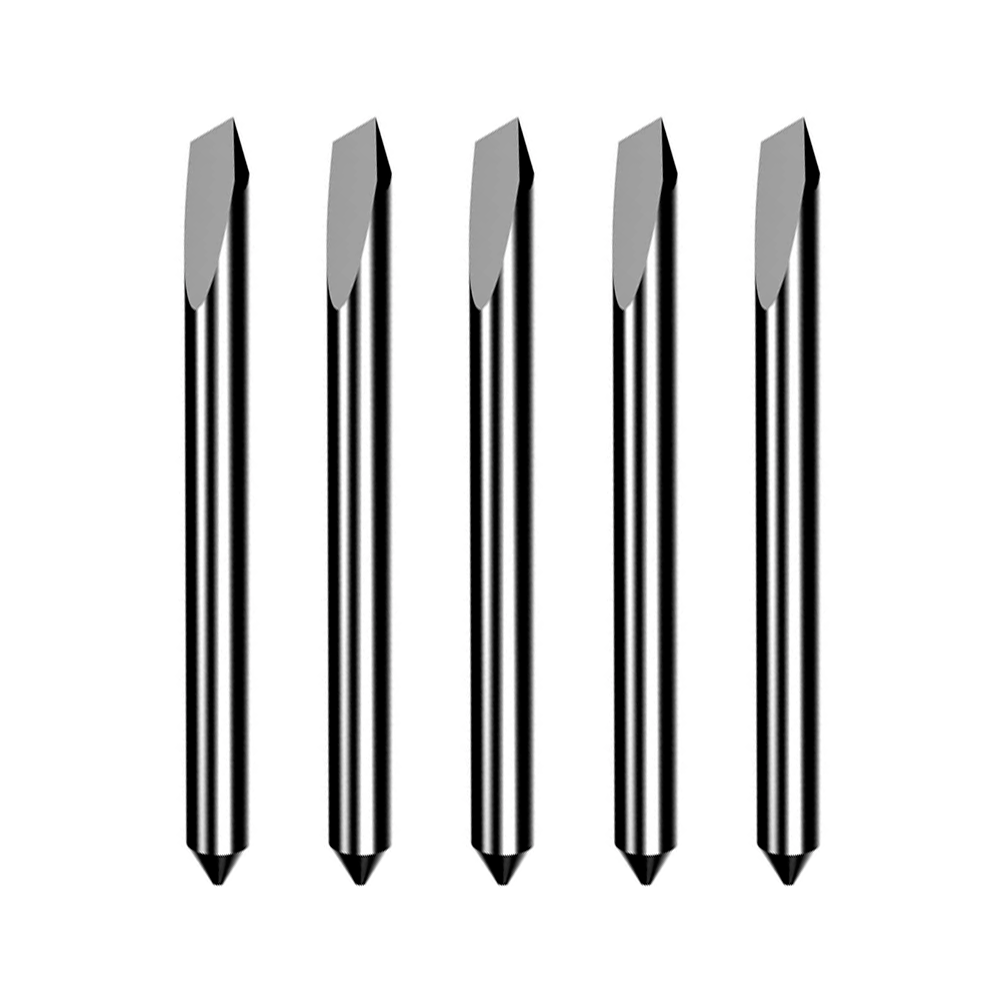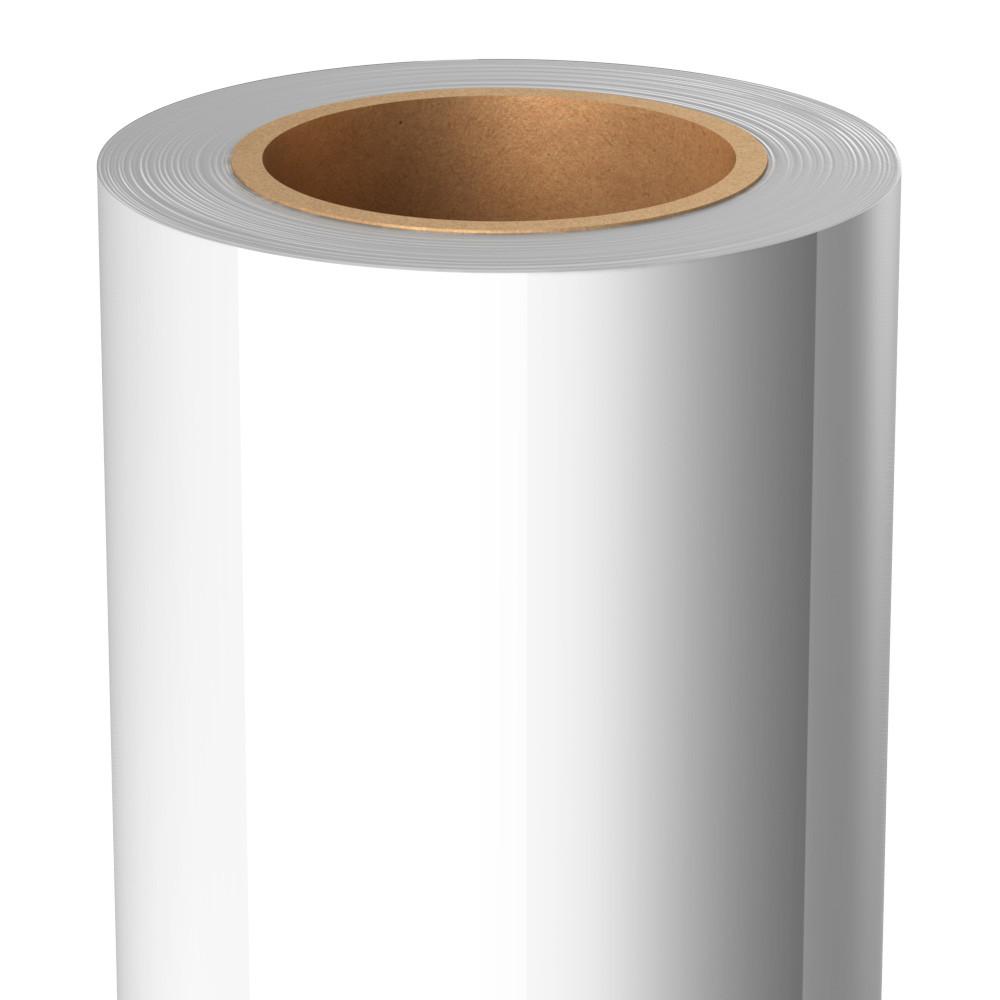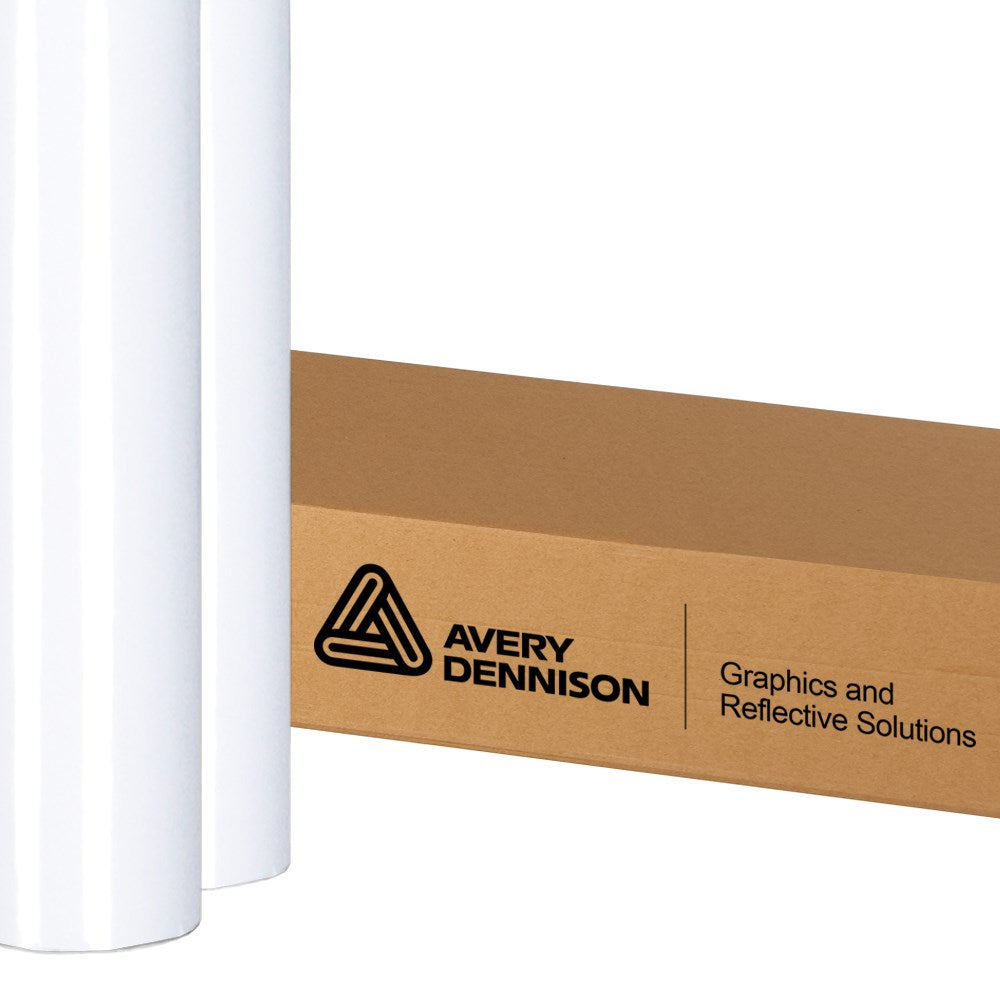Whether you are gathering materials for your next signage project or constructing furniture, you may find yourself working with MDF. MDF, or medium-density fibreboard, is a type of engineered wood that is similar in appearance to plywood. It is composed of wax, resin, and wood fibers. MDF boards are used in a variety of projects including signage, manufacturing furniture, and cabinetry.
MDF boards are much denser than plywood. Because they are denser (and heavier), they require special care when cutting–we recommend using a flatbed cutting system.
A flatbed cutting system is hydraulically operated and uses a steel rule die that’s bent in a way that matches the shapes you want to cut. While there are different types of plotters and cutters, flatbed cutters can be used for a variety of materials including MDF boards.
How to Use a Flatbed Cutting System
Flatbed cutting systems offer manufacturers the ability to cut through many materials precisely and smoothly. Whether you need to cut an acrylic sheet or dense MDF board, a flatbed cutter will do the trick.
Flatbed cutters from Summa offer additional features such as a variety of media handling features, unique operation zone options, and more. Here are steps to follow that will guide you on how to use a flatbed cutter on an MDF board:
Choose Your Size
Flatbed cutters come in a wide variety of sizes. If your material is too large for your cutter, you may want to try a different approach. Luckily, Summa flatbed cutters come with extension tables, so you can complete the job even with especially large materials.
When choosing the size cutter you want, consider these factors:
- What does your business specialize in? What size materials will you be working with frequently?
- Will the size of this cutter suit you if you decide to take on bigger or more diverse projects in the future?
- How much physical space do you have for this cutter?
- What price point are you looking for?
Select Media Handling Feature
Cutters offer a wide range of handling features. Because MDF board is a rigid material, you will not need a roll support system. Roll support systems are used for rolled materials, such as vinyl and fabric.
For rigid materials, like MDF boards or foam boards, you can use a vacuum system to hold your board in place. The conveyor system also uses media clamps to enable you to cut large material lengths; this is ideal for large production runs and jobs.
Adjust Automated Options
Summa cutters have unique features that stand out against other cutters. You can run them in tandem mode, which allows for the active working area to be divided into front and back processing areas.
The operator zone feature also divides work zones into cut-only and operator zones. There are poster trim features, which allow the cutter to cut without retrieving cutting data or files first. These features streamline the cutting process and maintain operator safety.
Let Software Take Care of the Rest
Flatbed cutters are efficient because the cutter does most of the work, rather than the operator. Companies such as AirMark specialize in manufacturing software and are experts in Summa cutting products–if you have questions or need support, reach out to AirMark.
Final Thoughts
Cutting materials can be a dangerous process, and doing it by hand can result in accidents that can harm people and damage materials. By using a flatbed cutter, you not only improve safety but also produce stunning and professional results. Summa flatbed cutting systems will take your projects and business to the next level!






